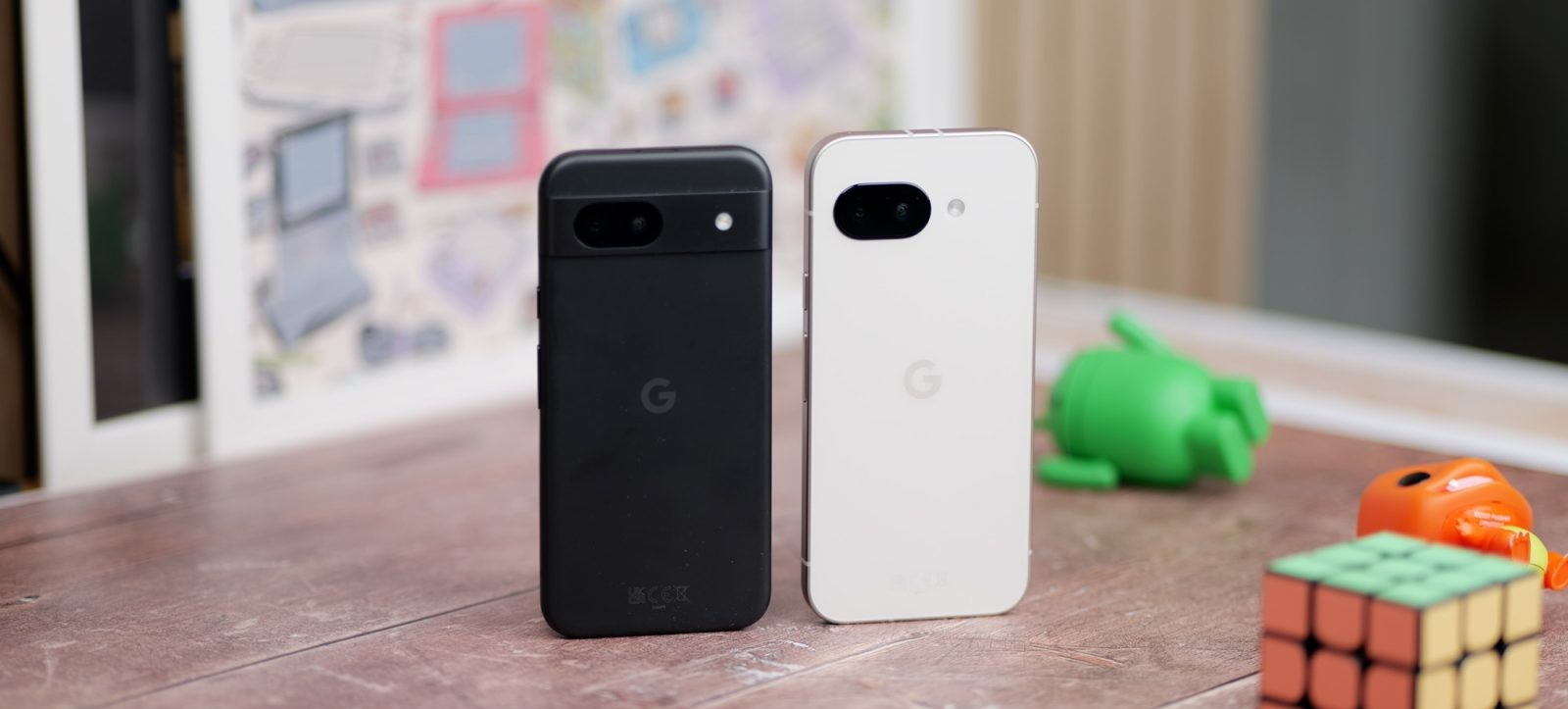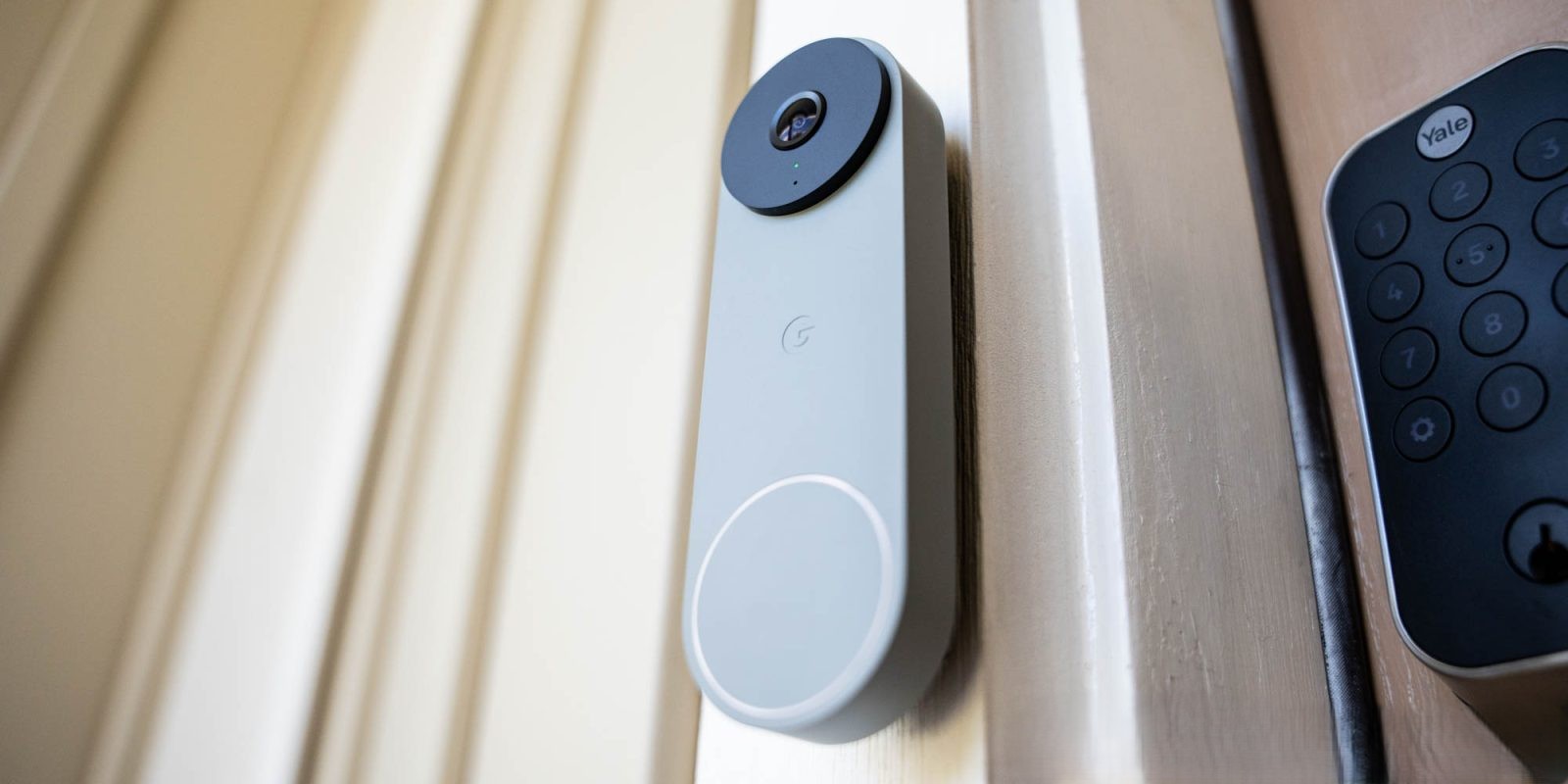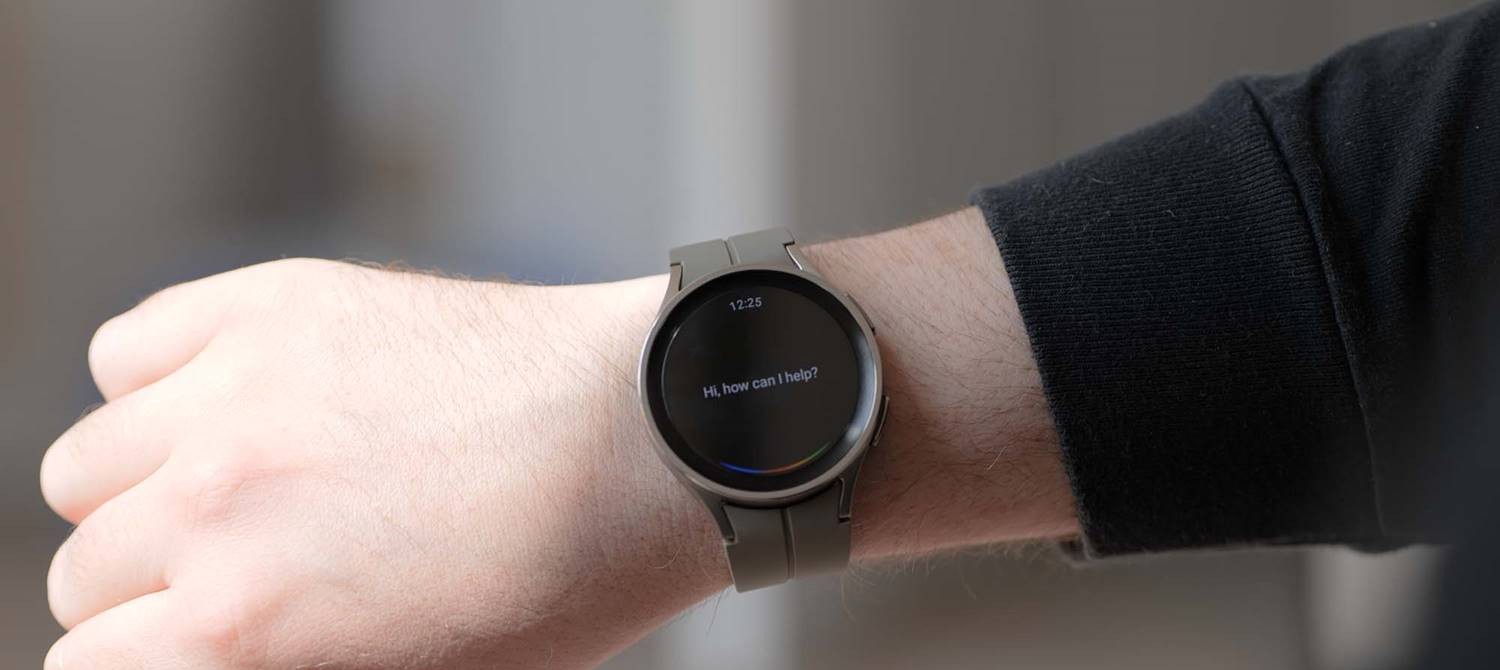Google’s A-series smartphones have consistently offered a balance between performance and affordability. With the introduction of the Pixel 9a, it’s essential to examine how it stacks up against its predecessor, the Pixel 8a, across various dimensions.
Design and Build
The Pixel 9a marks a departure from the design language of the Pixel 8a. It adopts a flatter aesthetic, eliminating the prominent camera bar in favor of a pill-shaped lens cover inspired by water droplets. This design choice not only enhances the device’s sleekness but also contributes to improved thermal management and accommodates a larger battery. The Pixel 9a is available in colors such as Obsidian, Porcelain, Peony, and Iris, offering users a range of options. In contrast, the Pixel 8a features a more rounded design with a noticeable camera bar and comes in Obsidian, Porcelain, Bay, and Aloe.
Display
The Pixel 9a boasts a 6.3-inch Actua OLED display with a resolution of 1080 x 2424 pixels, delivering a pixel density of 422 ppi. It supports a 120Hz refresh rate and achieves peak brightness levels up to 2,700 nits, ensuring excellent visibility even in bright conditions. The display is protected by Gorilla Glass Victus 2, enhancing its durability. On the other hand, the Pixel 8a comes with a 6.1-inch OLED display, offering a resolution of 2400 x 1080 pixels at 430 ppi. While it also supports a 120Hz refresh rate, its peak brightness is lower, and it utilizes Gorilla Glass 3 for protection.
Performance
Under the hood, the Pixel 9a is powered by Google’s Tensor G4 chipset, paired with 8GB of DDR5 RAM. This combination ensures smooth performance across various applications and tasks. The device offers storage options of 128GB and 256GB, both utilizing UFS 3.1 technology for faster data access. In comparison, the Pixel 8a is equipped with the Tensor G3 chipset and also features 8GB of DDR5 RAM with similar storage configurations. While both devices are capable performers, the Tensor G4 in the Pixel 9a provides a slight edge in processing power and efficiency.
Camera System
The camera setup sees notable changes in the Pixel 9a. It features a 48MP wide-angle main camera with optical and electronic image stabilization, accompanied by a 13MP ultrawide lens. This configuration supports 8x Super Res Zoom and introduces a Macro Focus mode, enhancing versatility in photography. The front-facing camera is a 13MP sensor, suitable for selfies and video calls. The Pixel 8a, meanwhile, comes with a 64MP wide-angle main camera and a 13MP ultrawide lens, along with a 13MP front camera. While both devices offer robust camera capabilities, the Pixel 9a’s enhancements in zoom and macro photography provide additional creative options for users.
Battery Life and Charging
One of the significant upgrades in the Pixel 9a is its battery capacity. It houses a 5,100mAh battery, a substantial increase from the 4,492mAh battery in the Pixel 8a. This larger battery translates to over 30 hours of usage, with the Extreme Battery Saver mode extending it up to 100 hours. Charging speeds have also improved, with 23W wired charging and 7.5W wireless charging support. The Pixel 8a offers 18W wired charging and similar wireless charging capabilities.
Software and Support
Both devices run on Android, with the Pixel 9a launching with Android 15 and the Pixel 8a with Android 14. Google commits to seven years of software and security updates for both models, ensuring longevity and access to new features over time. The Pixel 9a’s newer Tensor G4 chip is expected to offer enhanced AI processing and improved efficiency in handling future Android updates compared to the Pixel 8a’s Tensor G3. This translates to potentially smoother performance and better optimization for future software iterations on the Pixel 9a.
Pricing and Availability
The Pixel 9a is priced at $499 for the 128GB model and $599 for the 256GB variant. It is available for pre-order, with shipments expected in April. The Pixel 8a, initially launched at $499, remains available at the same price point, though discounts may be found through third-party retailers. Notably, in regions like the U.K. and the EU, the Pixel 8a has seen price reductions, potentially to encourage consumers to opt for the newer Pixel 9a.
Conclusion
The Pixel 9a brings several enhancements over the Pixel 8a, including a refreshed design, improved display, upgraded performance, and a larger battery. While both devices offer strong value propositions, the Pixel 9a’s advancements make it a compelling choice for those seeking the latest features in Google’s A-series lineup.



